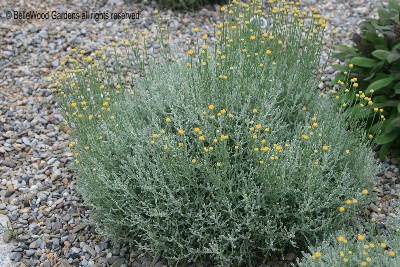
Saturday, 4 June 2011
Herb Garden at Rutgers Gardens
The topic for today's class at Rutgers Gardens was Herbs for Flavor and Fragrance. The students and I had a great time discussing different annual and perennial herbs, which could be dried, others better frozen, making herb butters, herbal vinegars, and more. Lots to cover in two brief hours so there wasn't time to cram in a visit to the new herb garden. It became an "on your own" destination after class. After I packed up my books, projector, samples etc. I strolled over there too.

Framed by hornbeam hedges the new herb garden has a pleasing geometry. The plants are young,
and thriving. By next year, with another growing season, they'll make an even grander display. All
the herbs are perennials. As well, there are two pots of bay laurel that will winter in the greenhouse.
Subtle patina colors the statue of a quiet young lady, welcoming visitors to this peaceful garden.

Let's stroll down the path and see the diversity of herbs.

Common sage, Salvia officinalis, a culinary mainstay.

Salvia officinalis 'Tricolor' is used as an ornamental,

as is the sunny cultivar 'Icterina'. Both are flavorful.

Santolina chamaecyparissus, lavender cotton, is often sheared
as a miniature hedge in the formal herb garden parterre style.

Lavender, Lavandula angustifolia is valued for it's sweet,
hot fragrance. Valued also for culinary purposes, in lavender
shortbread or the herbes de Provence mixture. I use it to make
apricot lavender jam, a delectable, delicious summer preserve.

Sit and contemplate, take some quiet time out on a conveniently placed bench enhanced
with decorative containers. Masses of catmint, Nepeta × faassenii, in luxurious bloom
creates an ornamental background, not - like catnip - grown as a feline recreational drug.

Situated near the vegetable gardens and the sadly overgrown rose garden, the herb garden is a pleasing, welcome addition to the other displays at Rutgers Gardens. From hollies in winter to magnolias early in Spring, ornamental cherries and lilacs into dogwoods, follow the seasons turn to autumn colors. Come visit. You'll be glad you did.